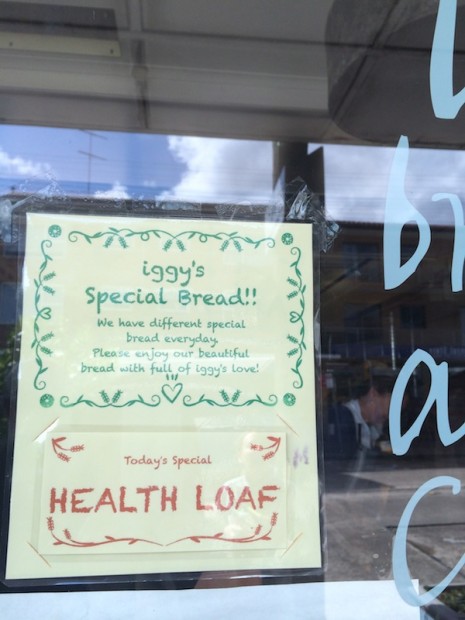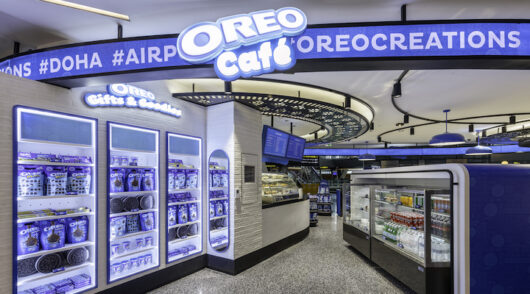 Health and wellness is mainstream. You don’t have to work in the food or health industries to understand the fixation today’s consumer has with health and wellness. As a society we are becoming increasingly concerned with ageing, toxins, mind, body and spirit, and retailers must continue to create new touch points to keep this shopper engaged.
Health and wellness is mainstream. You don’t have to work in the food or health industries to understand the fixation today’s consumer has with health and wellness. As a society we are becoming increasingly concerned with ageing, toxins, mind, body and spirit, and retailers must continue to create new touch points to keep this shopper engaged.
A friend of mine recently returned to Australia after six years in the UK and commented how fit and healthy everyone is in Australia, and he’s right. Everywhere you look – particularly in wealthy Australian suburbs – people are running, swimming, walking, training, meditating, and doing yoga. When you go into cafes, the food is organic and the juice pumped full of vitamins.
If health and wellness is a lifestyle trend, Bondi is its epicentre. If you’re interested in finding out what’s next for health and wellness, it’s not a bad place to start.
We’ve identified four high value consumer groups that can be targeted in your store and marketing.
Health manager
The health manager is one who has mild to serious allergies to the likes of gluten and specific proteins (found in eggs, milk, and nuts). With the prevalence of allergies rising significantly in the past decade, the impact has carried through to the retail shelf. The emergence of new categories such as ‘free from’ foods has led to critical labelling and communication requirements.
Trader Joe’s in Canada has created an icon system to consistently identify free from products and other lifestyle choices instore and online. Like any icon system, it works when it is consistently and comprehensively applied to every touchpoint. To navigate instore, start with point of sale, and follow through on packaging.
Convenient health
The convenient health consumer seeks the quick fix method to include greater nutrition into their daily life with supplemented foods, ranging from fibre-enriched cereal in the morning, to protein bars in lieu of a full lunch.
So prolific have these convenience needs become, that energy bars such as Cliff bars, are emerging from their traditional home in the health aisle and are now placed front and centre with impulse product ranges beside the counter.
Impulse ranging was once exclusively the domain of confectionery and soft drink, and contributes significantly to total sales. The switch to (or perhaps integration of?) energy bars is testament to the relevance of these products.
Holistic wellbeing
The holistic wellbeing consumer is concerned with living an all encompassing wellbeing lifestyle. Their belief in mind, body, and spirit affects every decision they make about how they work, what they do and definitely what they eat.
To live this life can often mean compromising on price because the organic, supplemented, local, and ethical product ranges aren’t quite at everyday low prices yet. A recent article talks about how Whole Foods in the US is the luxury brand of millennials. Why? These affluent consumers are spreading conscious capitalism by spending their income on healthy, ethical produce, that is good for their mind and body, instead of shiny objects they can flash around.
Goal seeker
The goal seeker is the consumer focused on a specific health goal. The goal may be a personal best, open competition or simply a weight loss goal. Regardless of which goal is motivating the work, brands relevant to this space must find ways to intuitively become the coach or support.
There has been a proliferation of health and wellness tracking apps catering to this specific consumer need. Brands like Nike, Adidas, and even Bupa have running apps.
Outside of the digital realm, nutrition information on packaging has received a lot of attention for helping people manage their health. For the goal seeker going after a weight goal, this information is crucial. The UK has introduced a traffic light system on nutritional panels, making it easy for consumers to navigate whether a particular product has a good, bad, or ugly level of fat, sodium, and sugar.
The significance of health and wellness to society is impacting what we buy and how we shop. In response consumer products and retailers are constructing new categories and designing new visual equities in iconography and assets.
I believe we have only begun to scratch the surface in leveraging the health and wellness trend in consumer products, packaging design, digital strategy and retail concepts. The future health and wellness product or retailer may not come from within the category but from outside the category with a game changing concept. I’ll be watching closely.
Clair van Veen is GM and strategist at Designworks.






